Understanding Dynamic Braking Resistors
Dynamic braking resistors (DBRs) are critical components in the control of electric motors. These resistors rapidly decelerate motors by dissipating kinetic energy as heat. Commonly associated with variable frequency drives (VFDs), the dynamic braking resistor for VFD is an essential part of the braking system, ensuring smooth and efficient operation.
Types and Applications
The versatility of DBRs is evident in their various types, such as the motor brake resistor and the dc braking resistor. Each type serves a specific function, from controlling the deceleration of conveyor belts to managing the stoppage of cranes. The dynamic braking unit, which includes the resistor, is integral to applications requiring precise speed control and quick stops.
Features and Materials
A dynamic braking resistor is characterized by its ability to withstand high transient energy. Materials used in DBRs, such as advanced alloys and ceramics, are selected for their thermal capacity and durability. The construction of a powerflex 525 brake resistor, for instance, is designed to ensure reliability in harsh industrial environments.
Advantages of Using DBRs
Incorporating a dynamic braking resistor in VFD systems offers numerous advantages. They enhance the performance of the VFD by providing a controlled method for stopping motors, which is particularly beneficial in repetitive or high-duty cycle applications. The use of a braking unit for VFD also contributes to the longevity of the system by preventing wear on mechanical braking components.
Selection and Configuration
Selecting the right dynamic brake resistance is crucial for safety and performance. It is important to consider the resistor's specifications, such as its ohmic value and power rating, to match the requirements of the specific application. Understanding the configuration of braking resistors in series and parallel arrangements is also vital to ensure compatibility with the existing system.
Conclusion
The role of the dynamic braking resistor is indispensable in modern industrial applications. By converting excess electrical energy into heat, DBRs provide a reliable and efficient means of controlling motor speed and ensuring the safety of machinery. When selecting a DBR, it is essential to consider the specific needs of your application to ensure optimal performance and safety.
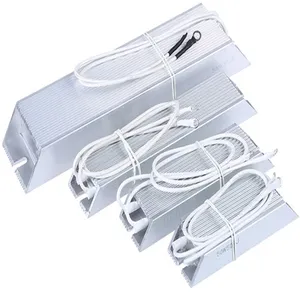



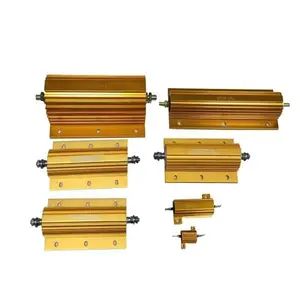



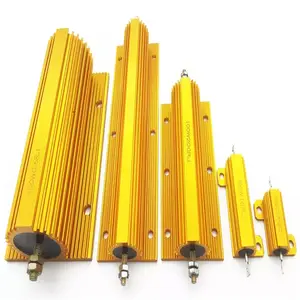




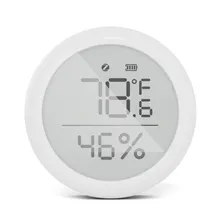
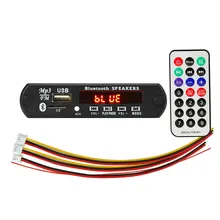




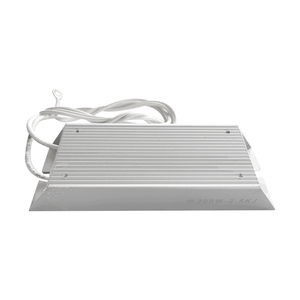
























 浙公网安备 33010002000092号
浙公网安备 33010002000092号 浙B2-20120091-4
浙B2-20120091-4